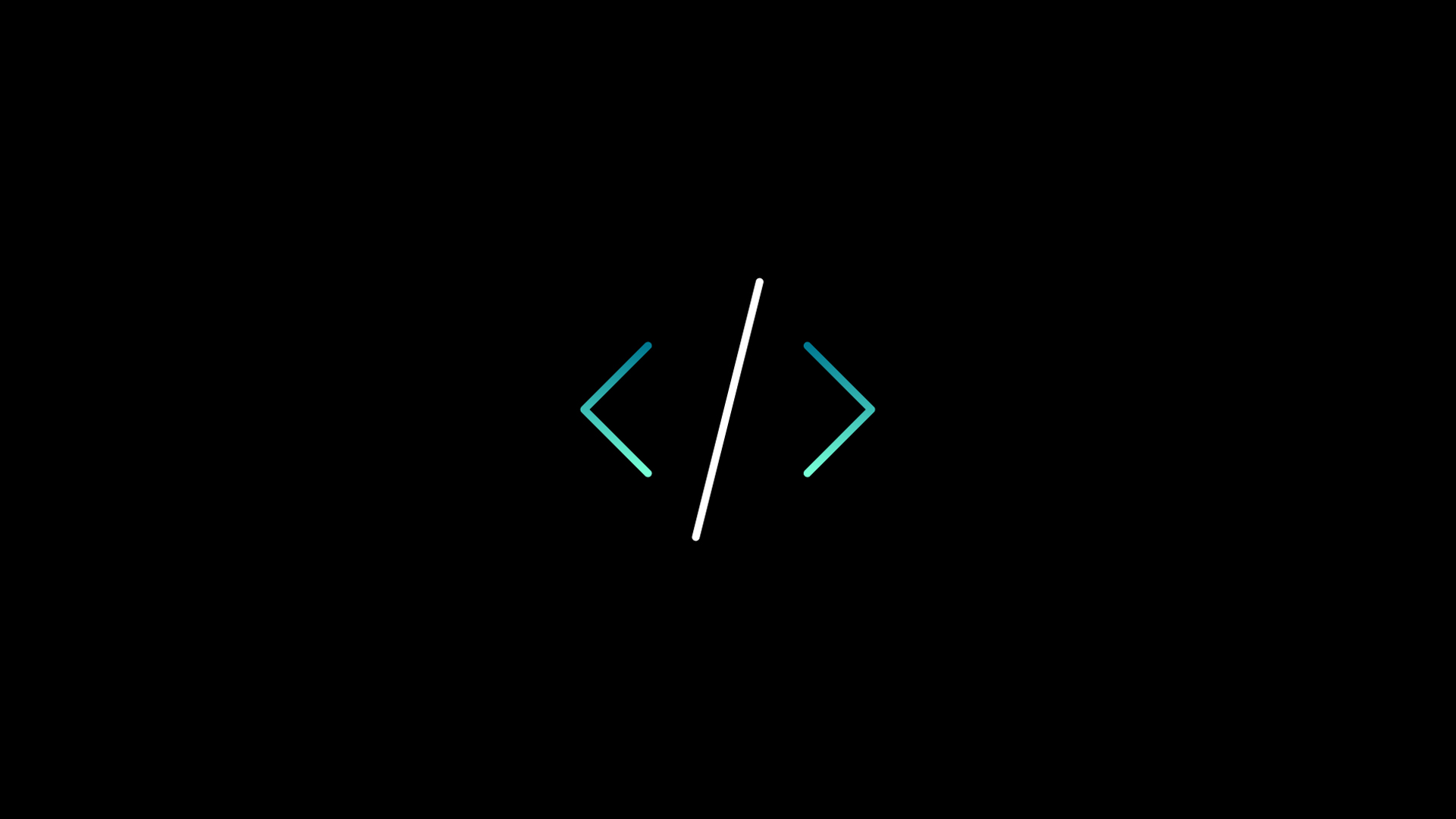After ages of reluctance to hire a web designer and opting for a friend to create your business website, you’ve finally realized the importance of professional expertise. Your newly minted website may have fallen short, lacking appeal and user-friendliness. Now, you’ve made the wise decision to invest in a professional website design for your business.
But what comes next? What’s involved in the web design process?
User Experience: Whispering Louder
Have you prepared for potential challenges during the design process?
Web design isn’t a simple task. It involves various elements to craft a coherent user experience that leaves a lasting impression. There’s a reason why your friend’s website resembles a relic from the ’90s.
Let’s delve into web design—its intricacies, expectations, and the common mistakes clients make, drawing from my decade-long experience in the industry.
Understanding Web Design: Web design is more than arranging pixels on a screen—it’s an art form that encompasses multiple disciplines, including graphic design, user experience, psychology, and digital marketing. A skilled web designer handles everything from appearance and layout to content creation, ensuring your website reflects your brand identity effectively.
Responsive Web Design: Is responsive web design the same as web design?
Not quite. Web design extends beyond desktop browsers; it encompasses mobile and tablet devices too. With mobile usage skyrocketing, responsive design has become imperative. It amalgamates various platforms into a seamless user experience, ensuring your website adapts flawlessly across devices.
Benefits of Hiring a Web Designer: Reflecting on my journey in the industry, I recall the initial hesitation to invest in professional design. Yet, the benefits far outweigh the costs:
- Experience across diverse projects
- Insight into user needs and behaviors
- Mastery of design principles
- Brand representation expertise
- Focus on user-centric design
These advantages underscore the value of collaborating with a seasoned web designer to elevate your business’s online presence.
The Web Design Process: What does a web design process entail?
It’s a structured approach to ensure a consistent design output. While specifics may vary, here’s a typical checklist:
- Understand client goals
- Define project scope
- Develop sitemaps and wireframes
- Create compelling content
- Implement visual design
- Review and iterate
- Final sign-off
This systematic process ensures your website aligns with your business objectives seamlessly.
5 Web Design Tips to Save Money: Based on my experience, here are five tips to streamline the design process and save costs:
- Conduct audience research
- Create a detailed specification sheet
- Develop a mood board to guide design choices
- Compile a list of preferred websites for reference
- Deepen your understanding of your business and target audience
By following these recommendations, you empower your designer to deliver a tailored, cost-effective solution.
Stay tuned for our next post, where we delve deeper into optimizing your online presence.

